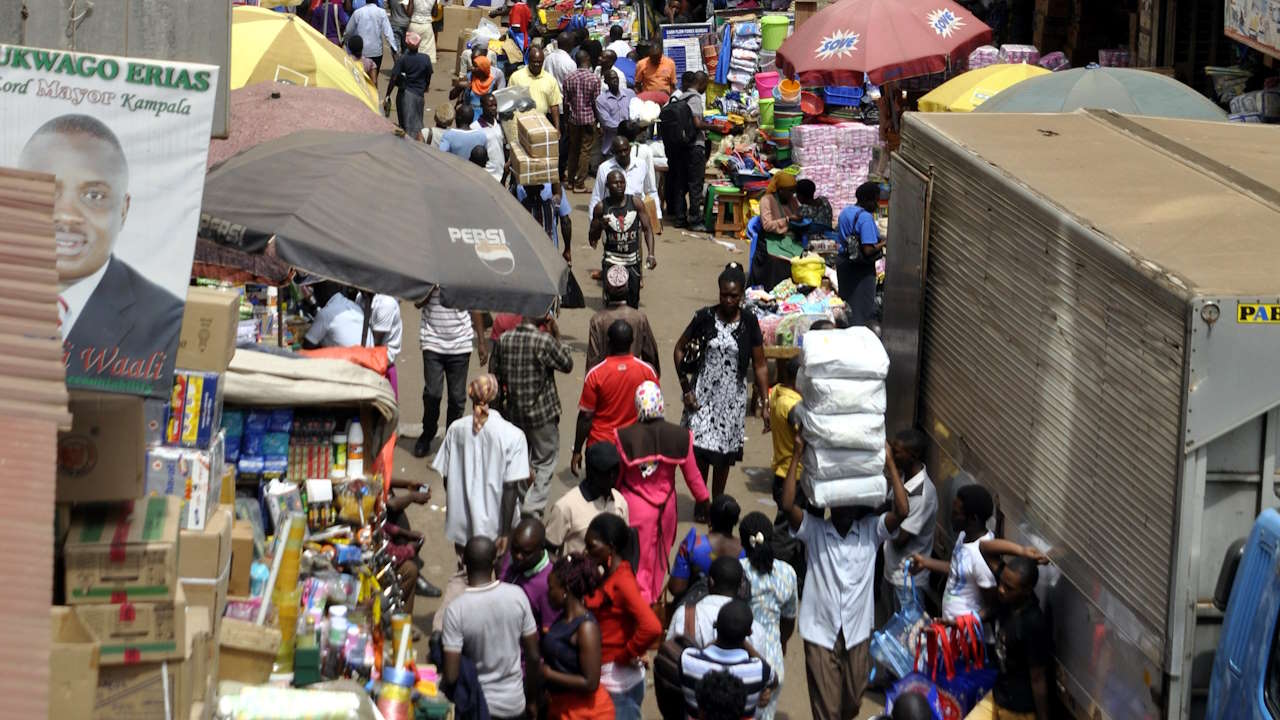
A gauge of activity in Uganda’s private sector rose to a six-month high in December as an increase in demand led to a rise in new orders and output, global research firm S&P Global said Thursday.
The Stanbic Bank Uganda purchasing managers’ index rose to 54.8 in the month, up from 53.4 in November, the highest level since June. A reading above 50 indicates an improvement in business conditions from the previous month, while a reading below 50 signals a contraction.
A surge in customer numbers meant that both new orders and output increased for the seventeenth consecutive month, S&P Global said. In addition, output rose in all five sectors monitored for the first time in three months, with wholesale and retail rebounding.
Firms also hired more workers — with the exception of the industrial sector, which reported a decline in hiring — to cope with the rise in orders and increased their purchasing activity, leading to a return to growth in intermediate inputs after a decline in November.
However, the survey recorded an increase in backlogs of work for the first time since it began in June 2016, driven by outstanding orders in the agriculture sector.
Input prices also increased, which was attributed to higher costs for purchases, personnel, and utilities. The survey noted an increase in the prices of cement, fuel, and sugar. In response to this, companies also raised their output prices for the ninth month in a row.
Some 83 per cent of executives surveyed predicted an expansion in business activity over the next 12 months, while less than one per cent were less optimistic, S&P said.






